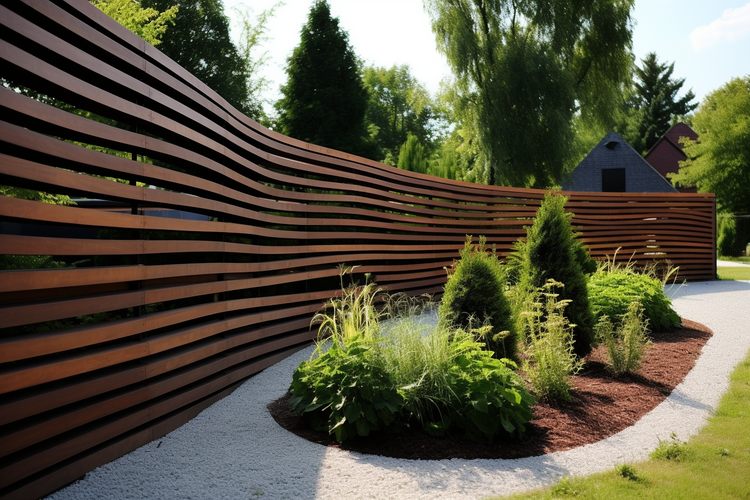Vinyl Fence Options for Home Improvement and DIY
A vinyl fence is a low-maintenance alternative to traditional wood or metal fencing that many homeowners consider for privacy, aesthetics, and long-term durability. Made from PVC or similar polymers, vinyl fences resist rot, warping, and insect damage. This article explains how vinyl fencing fits into common fence choices, what to consider for home improvement projects, practical DIY tips, garden uses, and how to work with local services for installation and upkeep.

Fence types and where vinyl fits
When planning a new fence, homeowners typically consider wood, aluminum, chain link, composite, and vinyl. Vinyl fence stands out for low maintenance and consistent appearance: it doesn’t need painting or staining like wood, and it won’t rust like metal. Vinyl panels are available in styles that mimic picket, privacy, or ranch rail fences. For properties near saltwater or in very hot climates, check product specifications for UV and corrosion resistance to ensure the fence performs well in your environment.
Benefits of a vinyl fence
A vinyl fence provides weather resistance, color retention, and a uniform look over time. Because PVC does not absorb moisture, vinyl panels are less prone to rot and insect damage than wood. Many manufacturers add stabilizers for UV protection to reduce fading. Vinyl also cleans easily with soap and water. Choices in color, texture, and profile allow a range of aesthetics, from traditional white pickets to modern privacy panels. Keep in mind that impact resistance varies by material thickness and reinforcement methods.
Home improvement considerations
Before installing a vinyl fence, verify property boundaries, zoning rules, and any homeowners association requirements. Permits may be necessary when a fence exceeds certain heights or is installed along public right-of-way. Consider how the fence will interact with gates, slopes, and existing landscaping. Warranties and expected lifespan differ among manufacturers; check documentation for coverage on fading, cracking, and manufacturing defects. Also consider environmental aspects—PVC production and disposal have different implications than wood or metal—so evaluate recycling and end-of-life options.
DIY installation tips for vinyl fence
Many vinyl fence systems are designed for homeowner installation, but success depends on planning and tools. Start by measuring accurately and locating property corners and utility lines. Use a consistent post-spacing guideline from the manufacturer—typically 6 to 8 feet—and set posts in concrete for stability. Level and align each post as you work to avoid cumulative slope. Lightweight panels can often be fitted between posts without specialized equipment, but handling long sections requires two people. If your yard has steep changes or complex gates, consider consulting a professional installer.
Using a vinyl fence in the garden
In a garden setting, a vinyl fence offers tidy boundaries, supports for climbing plants, and a neat backdrop for beds and paths. Select panel styles that allow airflow if you grow delicate plants, and avoid direct contact between soils rich in moisture or mulch and lower rails where prolonged wet contact could encourage staining or promote mold in shaded areas. Vinyl is available in shorter decorative heights and lattice options that can add vertical interest without overwhelming smaller garden spaces. Remember to leave access for lawn equipment and consider gate placement for workflow.
Local services and long-term maintenance
If you prefer not to DIY, look for local services with experience installing vinyl fence systems in your area. Compare several installers on licensing, references, portfolio photos, and warranty handling. For maintenance, inspect your fence annually for loose panels, gate alignment, and any hardware corrosion. Clean vinyl panels with mild detergent and water to remove dirt and pollen; avoid abrasive cleaners or high-pressure washers on lower-end profiles. Proper installation and routine upkeep help retain appearance and functionality over many years.
A vinyl fence can be a practical and attractive choice for a range of home improvement and garden projects, offering a balance of low maintenance and versatile styles. Careful planning around property lines, manufacturer specifications, and local installation practices will help the fence meet expectations for performance and appearance over time.






